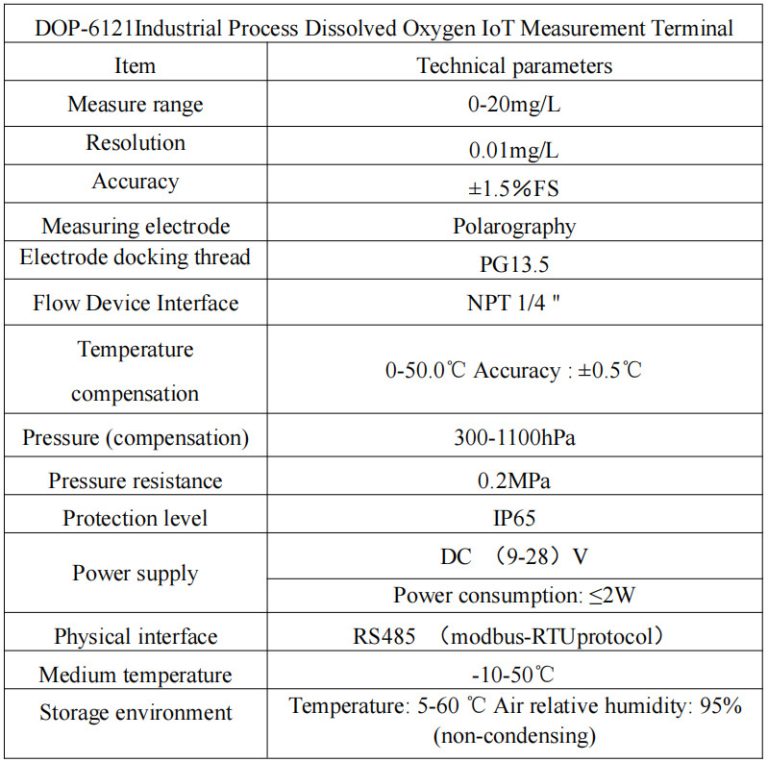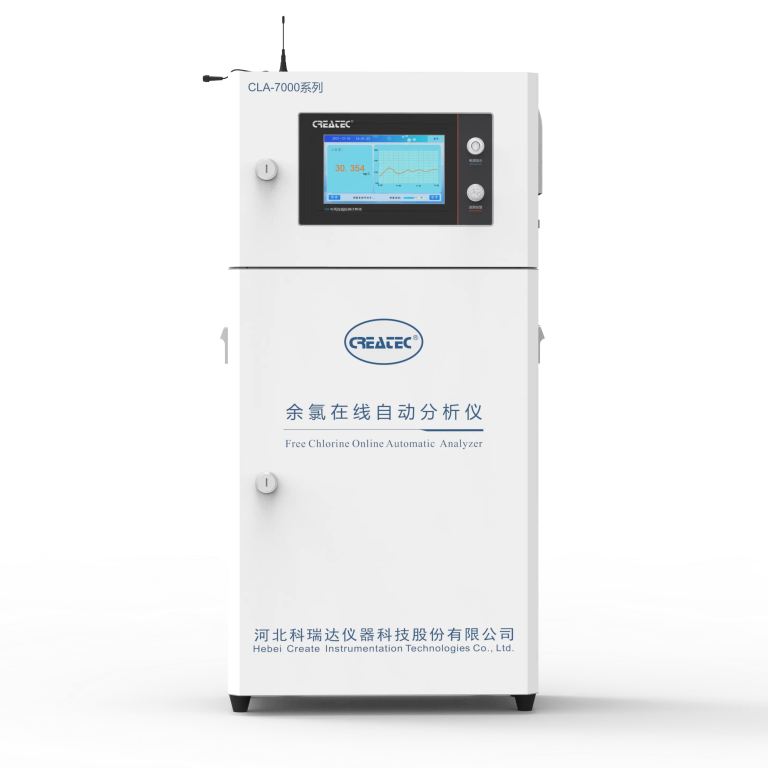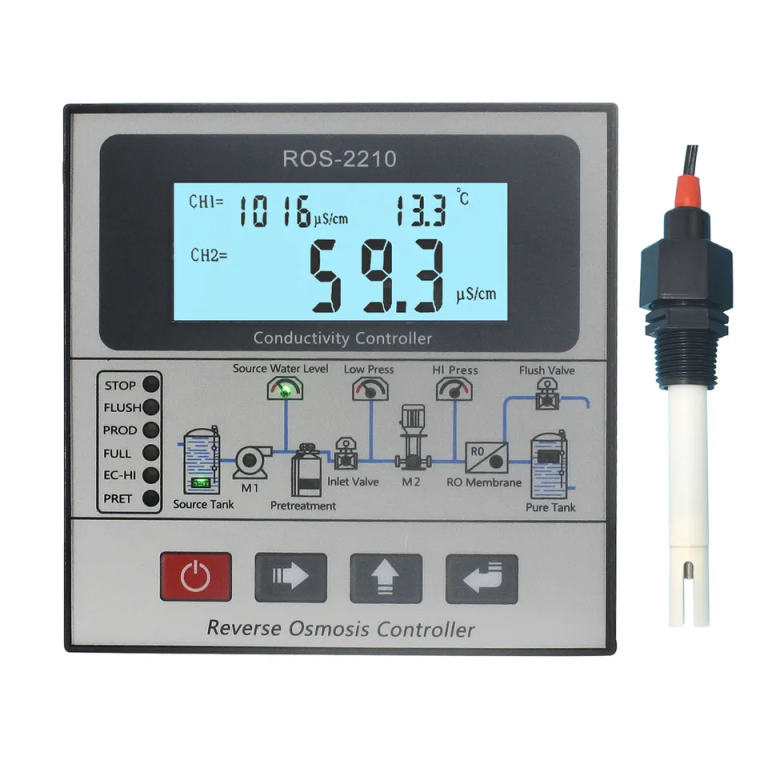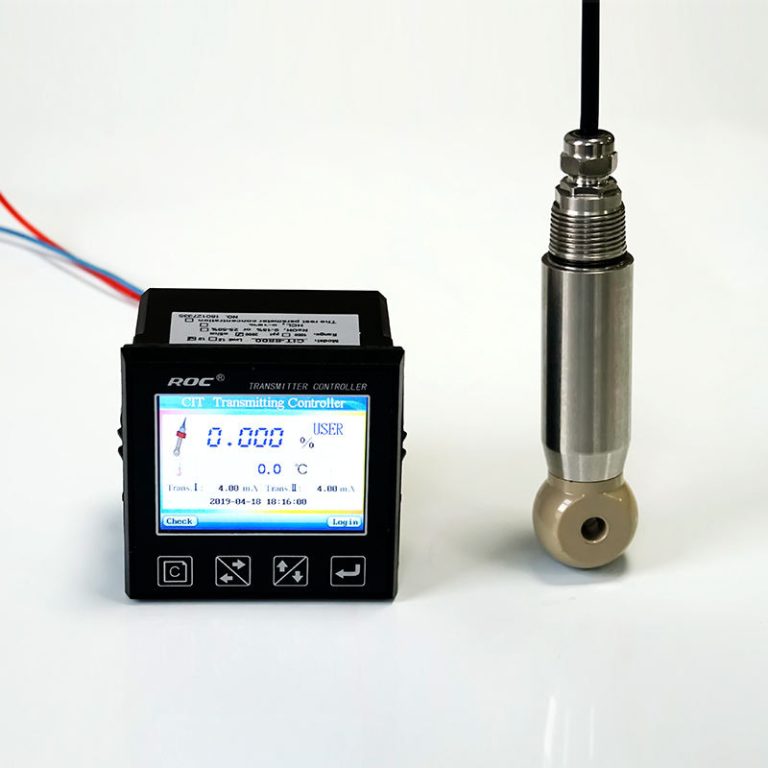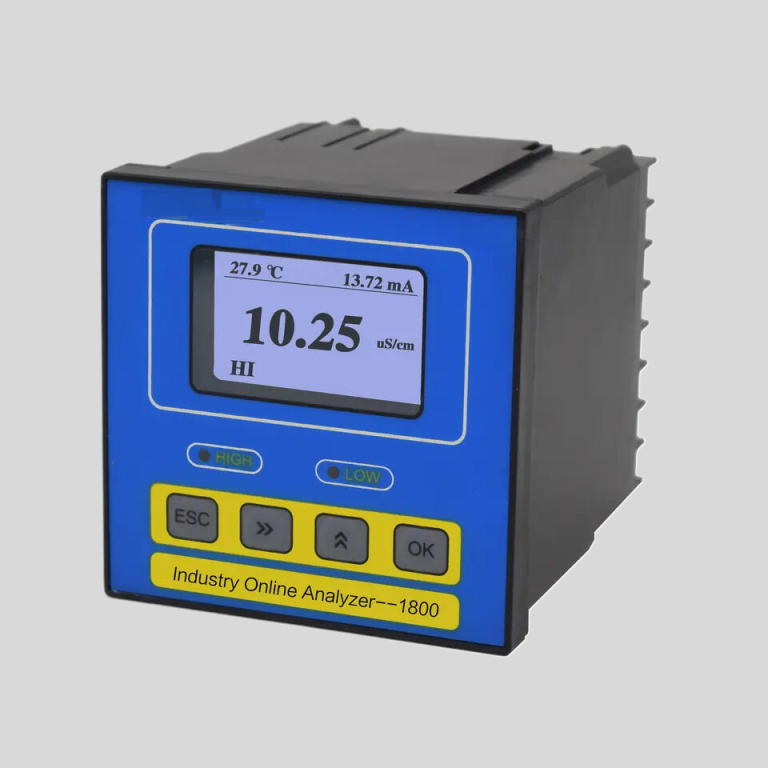The Importance of ph sensor in Water Quality Monitoring
Water is an essential resource for all living organisms on Earth. It is crucial for various activities such as drinking, agriculture, and industrial processes. However, the quality of water can be compromised by various pollutants, which can have detrimental effects on human health and the environment. One important parameter that is used to assess water quality is pH.
pH is a measure of the acidity or alkalinity of a solution, with a range from 0 to 14. A pH of 7 is considered neutral, while values below 7 are acidic and values above 7 are alkaline. The pH of water can affect the solubility of minerals and nutrients, the growth of aquatic organisms, and the effectiveness of water treatment processes.
In order to monitor the pH of water accurately, pH sensors are used. These sensors are devices that measure the hydrogen ion concentration in a solution and convert it into a pH value. pH sensors can be used in various applications, such as in water treatment plants, environmental monitoring, and research laboratories.
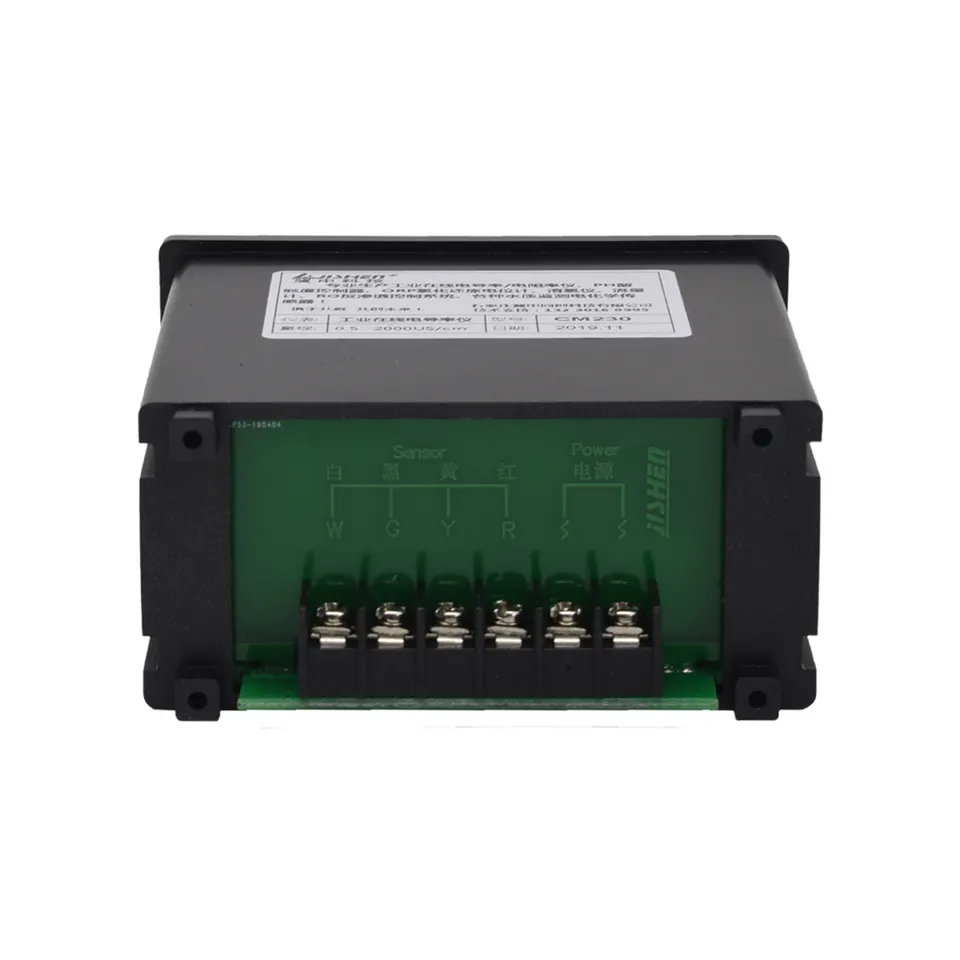
| Measurement range | N,N-Diethyl-1,4-phenylenediamine (DPD) spectrophotometry | |||
| Model | CLA-7112 | CLA-7212 | CLA-7113 | CLA-7213 |
| Inlet channel | Single channel | Double channel | Single channel | Double channel |
| Measurement range | Free chlorine:(0.0-2.0)mg/L ,Calculated as Cl2; | Free chlorine:(0.5-10.0)mg/L ,Calculated as Cl2; | ||
| pH:(0-14);Temperature:(0-100)℃ | ||||
| Accuracy | Free chlorine:±10% or ±0.05mg/L(take the large value),Calculated as Cl2; | Free chlorine:±10% or±0.25mg/L(take the large value),Calculated as Cl2; | ||
| pH:±0.1pH;Temperature:±0.5℃ | ||||
| Measurement Period | ≤2.5min | |||
| Sampling interval | The interval (1~999) min can be set arbitrarily | |||
| Maintenance cycle | Recommended once a month (see maintenance chapter) | |||
| Environmental requirements | A ventilated and dry room without strong vibration;Recommended room temperature:(15~28)℃;Relative humidity:≤85%(No condensation) | |||
| Water sample flow | (200-400) mL/min | |||
| Inlet pressure | (0.1-0.3) bar | |||
| Inlet water temperature range | (0-40)℃ | |||
| Power supply | AC (100-240)V; 50/60Hz | |||
| Power | 120W | |||
| Power connection | The 3-core power cord with plug is connected to the mains socket with ground wire | |||
| Data output | RS232/RS485/(4~20)mA | |||
| Size | H*W*D:(800*400*200)mm | |||
One of the key benefits of using pH sensors for water quality monitoring is their accuracy. pH sensors can provide real-time data on the pH of water, allowing for immediate action to be taken if the pH levels are outside of the desired range. This can help to prevent the negative effects of acidic or alkaline water on human health and the environment.
| Instrument model | FET-8920 | |
| Measurement range | Instantaneous flow | (0~2000)m3/h |
| Accumulative flow | (0~99999999)m3 | |
| Flow rate | (0.5~5)m/s | |
| Resolution | 0.001m3/h | |
| Accuracy level | Less than 2.5% RS or 0.025m/s.whichever is the largest | |
| Conductivity | >20μS/cm | |
| (4~20)mA output | Number of channels | Single channel |
| Technical features | Isolated,reversible,adjustable, meter/transmission dual mode | |
| Loop resistance | 400Ω(Max), DC 24V | |
| Transmission accuracy | ±0.1mA | |
| Control output | Number of channels | Single channel |
| Electrical contact | Semiconductor photoelectric relay | |
| Load capacity | 50mA(Max), DC 30V | |
| Control mode | Instantaneous amount upper/lower limit alarm | |
| Digital output | RS485(MODBUS protocol ),Impulse output1KHz | |
| Working power | Power supply | DC 9~28V |
| source | Power Consumption | ≤3.0W |
| Diameter | DN40~DN300(can be customized) | |
| Working environment | Temperature:(0~50) ℃; Relative humidity: ≤85%RH(none condensation) | |
| Storage environment | Temperature:(-20~60) ℃; Relative humidity: ≤85%RH(none condensation) | |
| Protection grade | IP65 | |
| Installation method | Insertion pipeline installation | |
pH sensors are also easy to use and maintain. Most pH sensors are designed to be durable and resistant to fouling, which can occur when contaminants build up on the sensor surface and affect its accuracy. Regular calibration and maintenance of pH sensors can ensure that they provide reliable and accurate measurements over time.
In addition to monitoring the pH of water, pH sensors can also be used to control pH levels in water treatment processes. For example, in wastewater treatment plants, pH sensors can be used to adjust the pH of the water to optimize the efficiency of treatment processes and ensure compliance with regulatory standards.
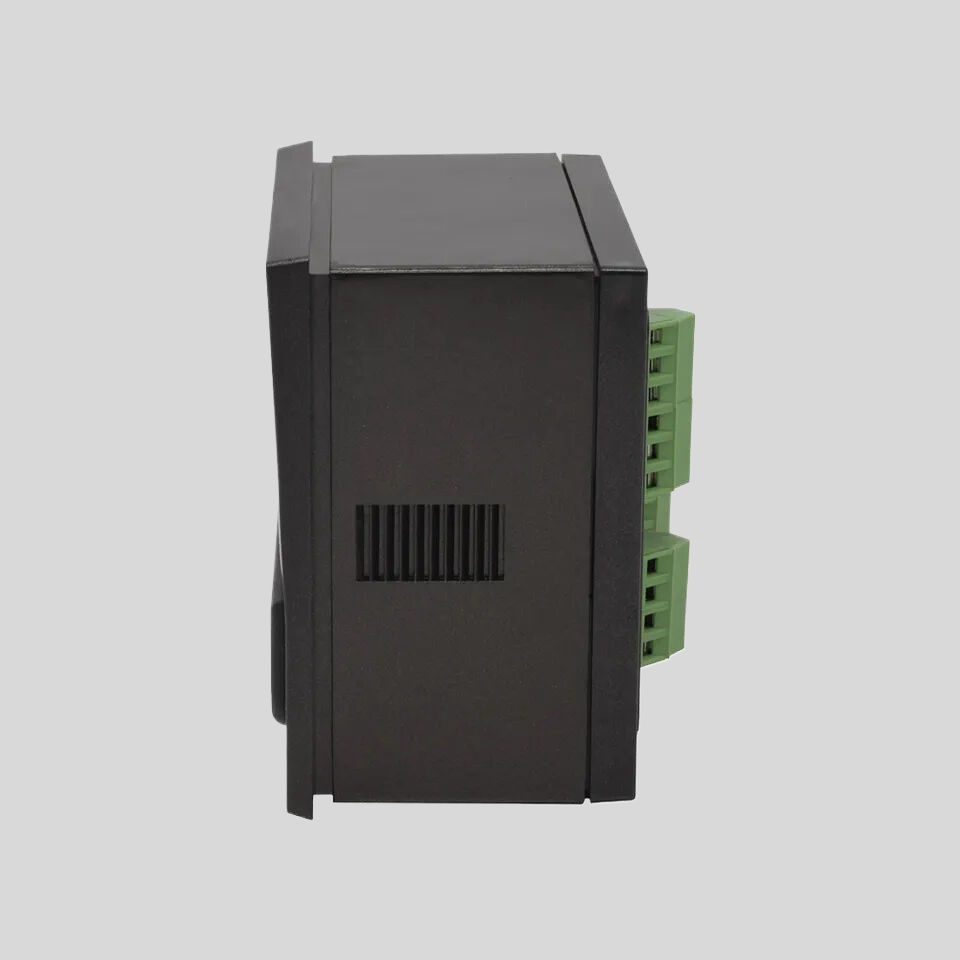
Overall, pH sensors play a crucial role in water quality monitoring and management. By providing accurate and reliable data on the pH of water, pH sensors can help to ensure the safety and sustainability of water resources for future generations. As the demand for clean and safe water continues to grow, the importance of pH sensors in water quality monitoring will only increase.
In conclusion, pH sensors are essential tools for monitoring the pH of water and ensuring its quality. By providing accurate and real-time data on the acidity or alkalinity of water, pH sensors can help to protect human health and the environment from the negative effects of water pollution. As technology continues to advance, pH sensors will play an increasingly important role in water quality monitoring and management.

